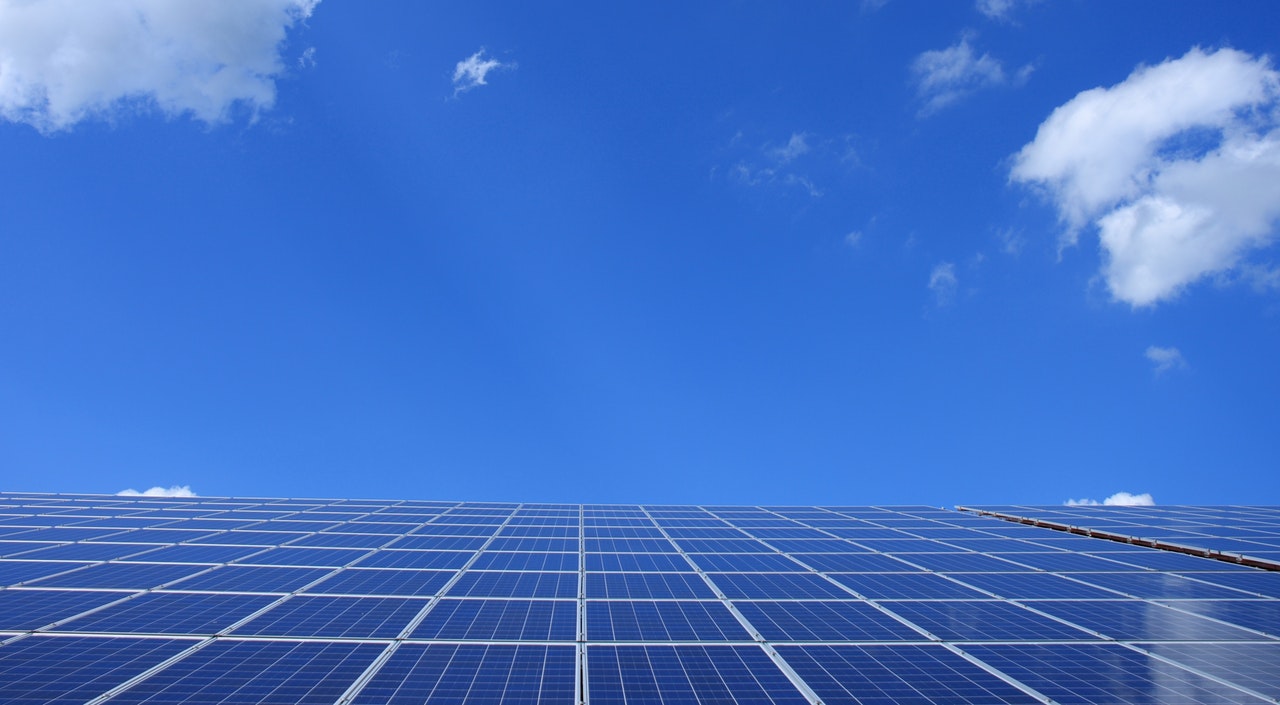The National Renewable Energy Laboratory’s solar cell efficiencies chart depicts confirmed conversion efficiencies for research cells from 1976 to date, for several PV technologies. But as conventional crystalline silicon (c-Si) PV modules approach peak efficiency, with the leap from lab to life—or from demonstration to mass production—occasionally taking over 30 years, the final question is: what is the additional watt class worth?
Charlie Gay, Solar Energy Technologies Office Director for the Office of Energy Efficiency and Renewable Energy (US DOE) explains:
“There are a lot of moving parts in the efficiency story. In the numerator, you have $/unit of area and in the denominator watt/unit of area. You need to work on both simultaneously. The benefits of efficiency are seen in reducing total installed cost while maximizing the energy harvest (kWh/Watt) over time. You want the module to be efficient at all times, under all conditions, without compromising aging.”
For now, passivated emitter and rear cell or rear contact (PERC) technology seems to be the leading variable in the efficiency equation, beating out contenders such as silicon hetero junction (SHJ), interdigitated back contact (IBC) and IBC-SHJ. (See technical note.)
Taipei-based research provider TrendForce estimates that PERC cell capacity will reach 25 GW by year end, accounting for 44 percent of global production capacity of PV cells by 2020. The 2016 International Technology Roadmap PV for Roadmap for c-Si concurs that PERC — and variants PERL (passivated emitter, rear locally diffused) and PERT (passivated emitter rear totally diffused) — will account for 60 percent of cell technology market share by 2027; technology refinements across design and manufacturing allowing delivery of 60 cell modules with ~325 Wp for multicrystalline-silicon (mc-si) and 340 Wp for mono-Si, respectively, by 2027.
Cemil Seber is VP Global Marketing & Product Management at REC Group, which bet on PERC technology several years ago to squeeze maximum power from its mc-SI platform. In March 2015, REC announced that its first product shipments based on PERC technology (TwinPeak 60 cell panels rated up to 275 Wp) would be to Tucson Electric Power for the utility’s residential solar power program.
The panels incorporated 120 half-cut multicrystalline cells, four busbars, PERC technology, and a split junction box. This year, the company launched three new products based on its TwinPeak technology—the TwinPeak 2 (rated up to 295 Wp), the TwinPeak 2S 72 (rated up to 350 Wp), and the full black TwinPeak 2 BLK2 panel (rated up to 285Wp), targeted at homeowners. The TwinPeak 2 and TwinPeak 2S 72 set new world records in the 60-cell and 72-cell multicrystalline panels categories.
“PERC technology allows REC to compete with monocrystalline silicon,” Seber said. “With PERC, you get an extra 8-10 Wp. That’s a lot of extra power from a single technology. However, our TwinPeak modules, (essentially two modules connected in parallel) and other technical features, such as the split junction box and 5 busbar also contribute to enhanced performance. And at REC, we know very well how to strictly control potential degradation processes in the long run.
Seber said that, in the almost three years that REC has been shipping TwinPeak products, the company has not had any returns due to malfunction from degradation.
Though PERC technology was first demonstrated in 1983, Gay said that there are numerous proof points needed for PV at every step from lab to market.
“High throughput tools (4,500 wafers/hour) first need to be in place,” he said. “For example, you need improvements in tools to deposit coatings like aluminum oxide and create window openings. Module manufacturing is like the construction industry, you don’t want raw material waste. How to scale mass production while maintaining high throughput and high yield?”
Seber acknowledges that at REC, implementation of PERC and TwinPeak technology required upgrading cell and module production lines and assembly equipment.
“Being able to cut full size cells in half and bringing under control breakage levels was one of the challenges to overcome” he said.
Technology aside, the efficiency equation is balanced by the market asking, “What is the cost per watt?”
According to Seber, uptake of REC’s 72-cell panels has been higher in the U.S. than in Europe, where even engineering, procurement, and construction companies are used to do large installations with 60-cell panels.
He said that regional demand differences for 60 versus 72-cell panels are reinforced by the weight of the different market segments (residential, C&I, utility) in the total market.
“We are still not seeing a strong demand for 72-cell panels in Europe; however, when customers see a reduction in system costs with 72-cell panels they’ll make the switch,” he said.
Technical note:
High conversion efficiencies contribute to decreasing the levelized cost of electricity (LCOE).
According to the paper Technology Trend of High Efficiency Crystalline Silicon Solar Cells, PERC is focused on improving quality at the back of the solar cell. The first demonstrated in 1983 was part of the first wave of doctoral dissertations in PV, and it built on work from the space program. It increases cell efficiency by reflecting back the light which passed through the cell without creating electrons, essentially giving photons “a second chance” to generate current. The extra energy yield of the reflected light is further boosted by an increased ability to capture light over a range of wavelengths, e.g., when the sun is at an angle in the early morning or evening, or if the weather is cloudy.
SHJ technology increases open circuit voltage (can be done with front and back contacts or all back contacts).
IBC technology increases photo-induced current density because of the shadow loss suppression, i.e. more light is allowed into the cell.
Mono-crystalline PERC cell efficiency is 22.61 percent; that of multi-crystalline PERC 21.63 percent. The maximum efficiency of SHJ and IBC are both over 25 percent; the highest efficiency of the IBC-SHJ cell has reached 26.33 percent.
Source: http://www.renewableenergyworld.com/articles/2017/10/how-to-balance-the-solar-efficiency-equation.html


